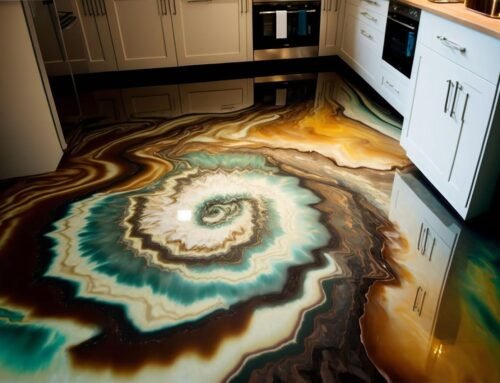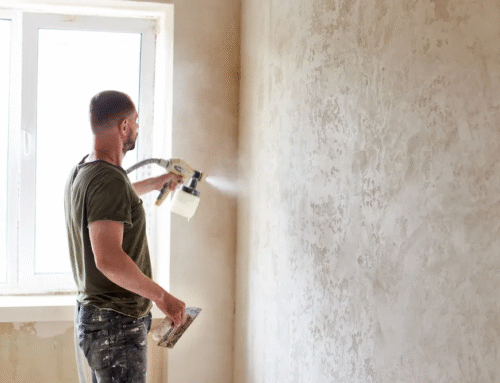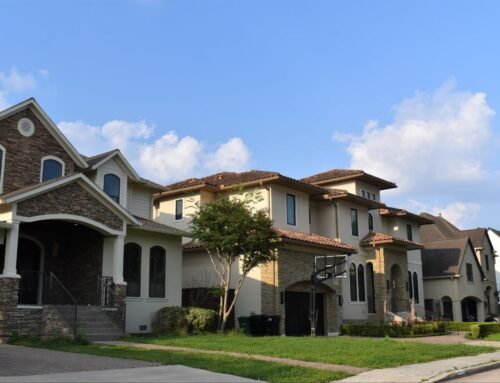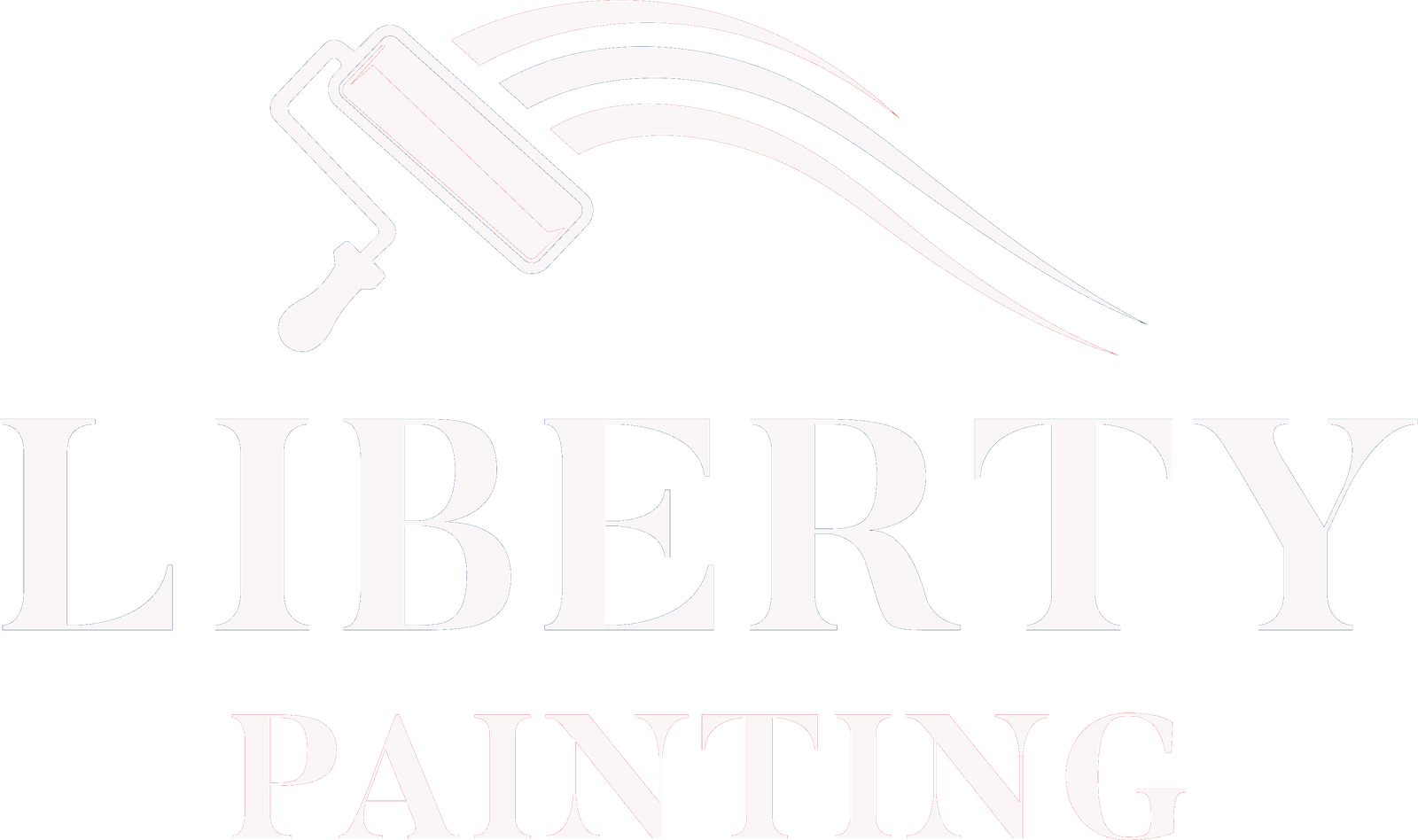
Water damage on baseboards isn’t just a cosmetic issue—it could be a sign of a bigger problem hiding behind your walls. Catching it early can save you from costly repairs down the road.
What Causes Water Damage on Baseboards?
The most obvious culprit is flooding, but even small, hidden leaks can lead to trouble. A slow leak from a pipe behind the wall can go unnoticed for a long time, allowing moisture to seep into the drywall and baseboards. Over time, this can lead to mold growth, which poses health risks, especially for those with respiratory issues.
If you’ve just moved into a home or returned from vacation to find water damage on your baseboards, it’s a red flag that there may have been past flooding. A closer inspection of the surrounding area—especially the flooring—can help uncover hidden issues.

3 Signs of Water Damage on Baseboards
If you’re inspecting your home or considering buying one, keep an eye out for these warning signs:
- Peeling Paint or Wallpaper
When moisture seeps into drywall, the paint or wallpaper near the baseboards often starts peeling. This could indicate an ongoing leak inside the wall. Since wet drywall weakens over time, addressing the issue quickly is key to preventing further damage. - Visible Stains
Water stains are easy to spot on white baseboards, but they can appear on any finish. If the stain continues to grow, it likely means an active leak that needs immediate attention. Even if the stain remains the same size, moisture behind the wall could still be encouraging mold growth. - Baseboards Pulling Away from the Wall
Baseboards should sit flush against the wall. If they’re bowing, warping, or detaching, water damage is often to blame. This can happen when the baseboards themselves swell from moisture or when the wall behind them becomes compromised.

Photo Source: Bob Vila
How to Fix Water-Damaged Baseboards
Depending on the extent of the damage, you’ll either need to repair or replace them.
- Repair: If the baseboards are still intact and haven’t warped, fixing the leak and allowing everything to dry out before reattaching them might do the trick.
- Replace: If the baseboards have absorbed water and swelled—or if they’re made of fiberboard that’s become soft—you’ll need to install new ones after addressing the underlying issue.
Don’t Ignore the Signs
If you notice any of these red flags, don’t wait to investigate further. What seems like a small issue now could quickly turn into a costly repair. Liberty Painting specializes in assessing and repairing water-damaged baseboards, ensuring your home stays protected from structural issues and mold growth. Our experts can help restore your baseboards and give your space a fresh, flawless finish. Contact us today for a professional assessment!






